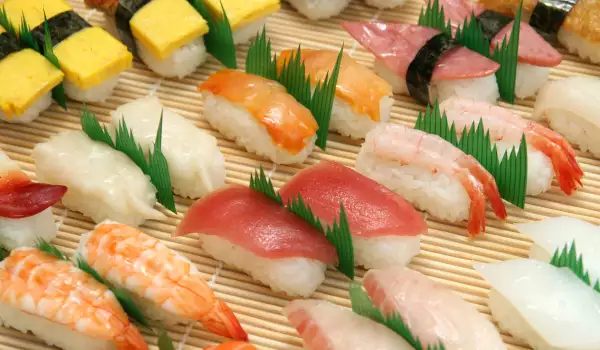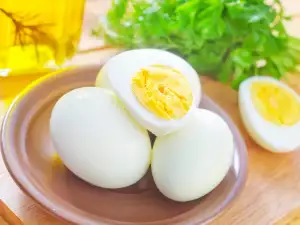Japanese cuisine, even though it is part of Asian cuisine, differs substantially in some of its characteristics. Unlike many other nations on the Asian continent, in Japan it is believed that a person satiates their hunger not just from the food but from the way in which it is served as well. Not only must everything be served with aesthetics in mind, it needs to be well cut because the Japanese, like the Chinese, eat with chopsticks.
Another peculiarity of Japanese cuisine is that unlike the West, where they differentiate between sour, sweet, salty and bitter, there exists a 5th flavor, known as umami. It is defined as being spicy to quite strong and can be triggered by about 40 substances.
The most famous of these is monosodium glutamate, which is used in almost all Japanese recipes. Its purpose is to enhance the flavor of already present spices and in most cases is used together with salt. You can find monosodium glutamate in its natural form in green tea and the kelp kombu.
Due to the island's abundance of seafood, residents of Japan eat a lot of fish and fish products. Other meat is not so widespread, but if it does find presence at the kitchen table, it is usually pork, chicken or beef. To make up for the lack of proteins typical of meat dishes, the Japanese massively use soya and soya products.

Without exception, Japanese cuisine stresses the use of fresh products. According to the Japanese philosophy, using fresh products to cook whatever it may be allows one to sense the true taste of the food.
The Japanese hardly ever eat bread since it is substituted by rice, which is the most common in the country.
And finally the one thing that is solely different from Western traditions is that when serving their dishes, they don't divide them into 1st, 2nd, or 3rd course. The Japanese don't follow this order. The most important thing is for everything to look good aesthetically, to be easy to eat with the traditional chopsticks and to be served all at once so that each person can choose what they want.
This is something completely natural for the Japanese. The fact is that the dishes served all have a completely different taste and often they put sweet components even in those that are considered to be main dishes, which practically makes having dessert unnecessary.



















